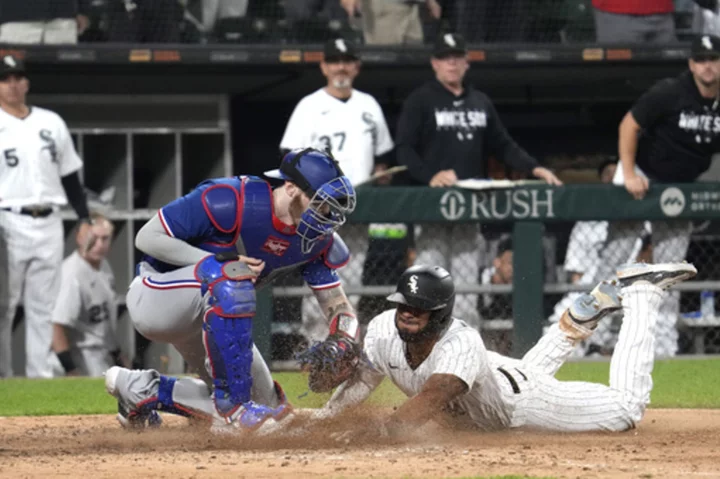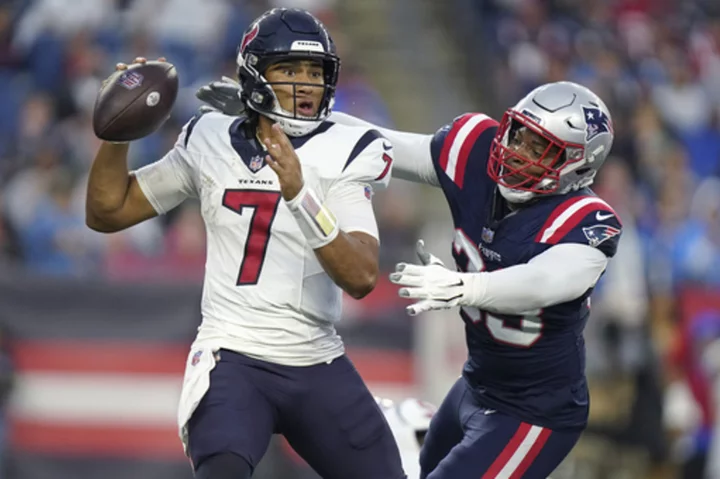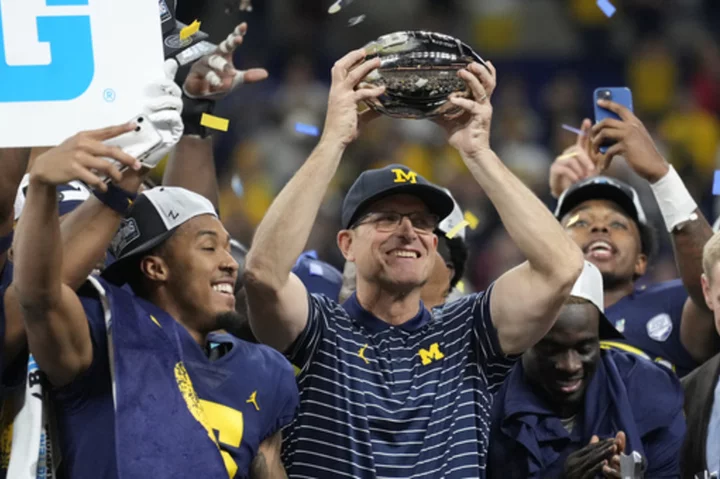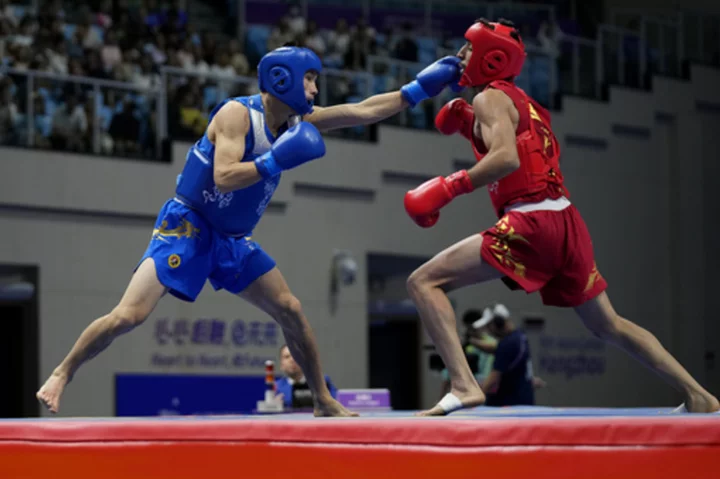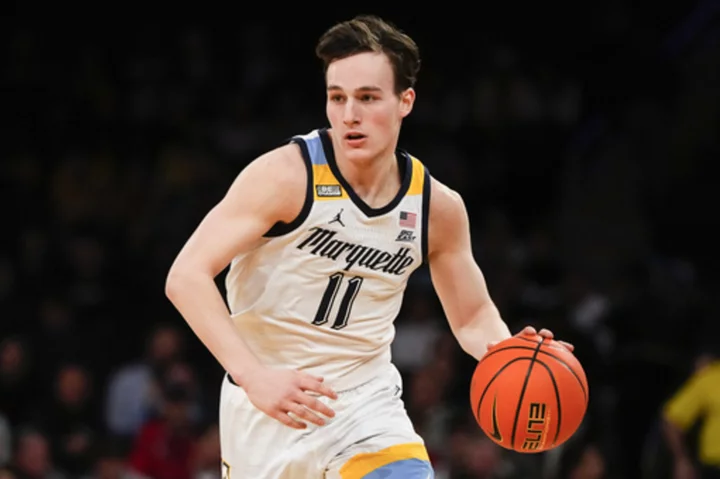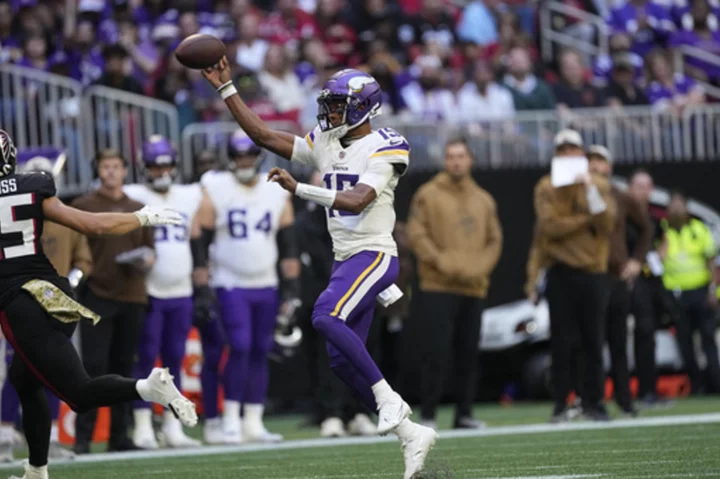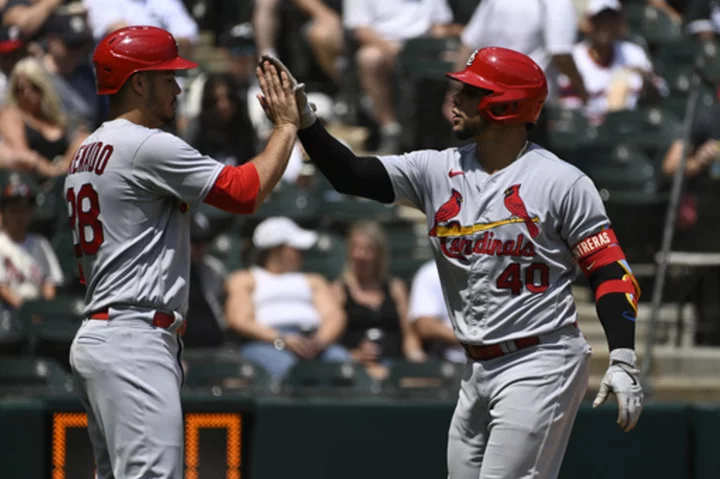As former big league catchers, Bob Melvin and Bruce Bochy certainly had their share of plays at the plate, and the current managers played in an era when big collisions with runners trying to score were just part of the game.
The rules have changed over the years to protect catchers, but runners are now sometimes safe even after being tagged out, and without any collision. That happened this week to Melvin's San Diego Padres and Bochy's Texas Rangers.
San Francisco's Blake Sabol was originally called out in the fifth inning Wednesday night against the Padres. The call was changed after a lengthy replay review and Sabol was ruled safe when catcher Gary Sánchez was cited for blocking the plate. Melvin called it "one of the worst calls I’ve seen this year.”
Bochy did Melvin one better, calling a similar play in the Rangers' 7-6 loss to the Chicago White Sox the previous night “absolutely one of the worst calls I’ve ever seen and it was done by replay.”
Like Sánchez, Texas catcher Jonah Heim was standing when he made a sweeping tag. Elvis Andrus was initially called out, which would have ended the eighth inning with the game still tied, but the White Sox challenged the tag and that Heim was blocking the plate.
WHY DOES MLB HAVE A RULE THAT PREVENTS CATCHERS FROM BLOCKING THE PLATE?
To prevent injuries that can result from collisions between base runners and catchers. In 2014, MLB put in a rule intended to eliminate avoidable collisions at home plate.
Rule 6.01(i) is officially listed as “Collisions at Home Plate,” but is informally referred to by many as the “Buster Posey Rule.”
That rule not only prohibits catchers from blocking the plate without possession of the ball or in the act of fielding the ball, but says runners can't deviate from their direct pathway to the plate to initiate contact with the catcher or engage in an avoidable collision.
Posey suffered a fractured fibula and torn ligaments in his ankle after Scott Cousins of the Marlins put his shoulder down and slammed into the San Francisco catcher to score in 2011. That was a season after Posey was the NL Rookie of the Year while the Giants won the World Series.
Detroit Tigers catcher Alex Avila was injured in Game 5 of 2013 American League Championship Series after a collision with Boston's David Ross. Avila did return to play Game 6 two days later.
Bone-jarring collisions at the plate used to be a common in the game. Among the most well-known ones was Pete Rose plowing through Ray Fosse to score the winning run in the bottom of the 12th inning of the 1970 All-Star Game, a play that left Fosse with a fractured shoulder.
WHY HAS THERE BEEN A SUDDEN UPTICK IN VIOLATIONS?
MLB sent out a memo to teams late last season about how the rule was being enforced after several disputed plays at the plate.
Minnesota manager Rocco Baldelli was irate after umpires ruled Sánchez, then with the Twins, blocked the plate on what appeared to be an out in the 10th inning of a game against Toronto last season.
The enforcement of the rule also was discussed in spring training before this season.
In both cases this week, the runners were called out by umpires on the field before replay officials ruled otherwise.
Among the things Bochy said MLB officials told him was about the setup of his catcher. Heim was to the side of the plate, with one foot on it, but already had the ball in his mitt even before Andrus slid headfirst to the open other half of the plate.
MLB said Heim's "initial positioning was illegal, and his subsequent actions while not in possession of the ball hindered and impeded the runner’s path to home plate.”
WHY ARE TEAMS SO CONFUSED ABOUT THE BLOCKING THE PLATE RULE?
The rule encourages runners to slide into home, which has become pretty common. At the same time, catchers sometimes move to alter the runner’s anticipated path to the plate.
Catchers can legally stand in fair territory in front of the plate without possession of the ball. But they can be called for a violation if they don't have the ball and set up in foul territory, straddle the foul line or home plate, or have a foot on the plate or the foul line.
There are also exemptions to where catchers are positioned if they have to move to take an incoming throw or are unable to establish themselves in front of the plate on a quickly developing play, such as a wild pitch or hard-hit ball to a drawn-in infielder. But those exemptions are judgment calls by the umpire or replay officials.
___
AP MLB: https://apnews.com/hub/mlb and https://twitter.com/AP_Sports

